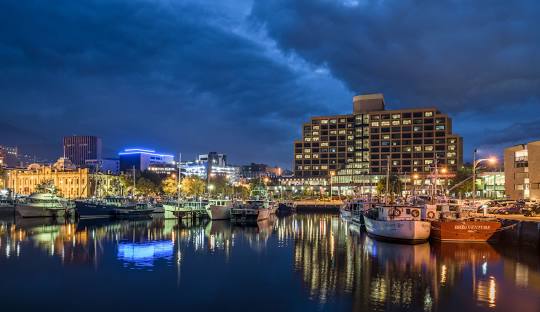
Australia's Geography: An Island Continent with Vast Diversity and Unique Features
Posted by on
Australia’s geography is as diverse as it is expansive, consisting of the mainland continent, the island of Tasmania, and numerous smaller offshore islands, including territories such as Christmas Island, Norfolk Island, and the Australian Antarctic Territory. Spanning latitudes 9° to 44° south and longitudes 112° to 154° east, Australia is surrounded by the Indian and Pacific oceans, making it a vast island continent. Its coast stretches over 35,877 km (22,293 miles), and the country claims an exclusive economic zone of more than 8 million square kilometers.
The Great Barrier Reef, the largest coral reef system in the world, extends along the northeastern coast of the mainland, while the mainland itself remains relatively flat with an average elevation of 325 meters. The Great Dividing Range runs along the eastern side, dividing the coastal highlands from the inland lowlands. Mount Kosciuszko, at 2,228 meters, is the highest peak on the mainland, while higher peaks can be found in the Australian Antarctic Territory.
Despite the vast area it covers, most of Australia is arid or semi-arid, with the central and western regions being particularly dry. Approximately 10% of the world’s permanent meadows and pastureland is found in Australia. The Murray-Darling system is the major river network in the country, but due to the flat terrain and slow-moving rivers, salinisation has become an ongoing environmental challenge, harming the land's fertility.
Australia's population is concentrated along the coastal areas, with around 95% of Australians living within 100 km of the coast. The coastal cities, particularly along the temperate southeastern coast, are highly populated, while the country’s overall population density remains one of the lowest in the world at just 3.5 people per square kilometer.
From its unique topography to its environmental challenges, Australia’s geography continues to shape the lifestyle and livelihoods of its inhabitants. Its vast, varied landscapes remain a testament to the nation’s natural beauty and the pressing need for sustainable environmental practices.